Welcome to the wildlife section
Deb Jackson will be adding seasonal as well as general updates throughout the year.
Deb herself installed about 12 bird boxes on the site this spring to encourage more birds to nest.
As mentioned on our introduction page we have a large number of Slow Worms on our site.
As some of our tenants think that they are snakes. Here has been added some facts about these great creatures.
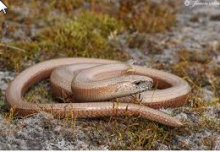

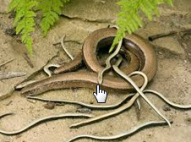
| Slow worm can reach 8 to 20 inches in length and 0.7 to 3.5 ounces of weight. Females are slightly larger than males |
| Slow worm has grey, brown or bronze-colored body. Females are usually brown or red-colored with black line that stretches along their spine. Males are mostly grey-colored and covered with blue spots that become especially prominent during the breeding season. |
| Slow worm has small head with miniature eyes, forked tongue, smooth, shiny skin and long tail. Males have broader heads than females. |
| Slow worm can be distinguished from snakes by eyelids and ear openings that are absent in snakes. |
| Slow worm is diurnal animal (active during the day). |
| Slow worm is a carnivore (meat-eater). Its diet is based on slugs, young snails, hairless caterpillars, spiders, lice, beetles and earthworms. It occasionally eats small reptiles. |
|
Slow worms are welcome guests in many gardens because they keep pests under control. Like many other species of lizards, slow worm is able to detach its tail in the case of danger. Piece of tail continues to wriggle and distracts predator. Slow worm uses this opportunity to escape. Tail soon starts to regenerate, but incompletely (it cannot re-grow to the original size). |
Slow worm can survive from 20 to 30 years in the wild
The slow-worm is protected under the Wildlife and Countryside Act, which makes it illegal to kill, injure or sell the species. Despite being a reptile, the slow-worm actually hibernates over winter.
We have many species of birds that live around or visit our allotment site, We have had visits from King fishers Ducks Little egrets along with varies Finches, the usual starlings, magpies and pigeons.In the last few years we have had a colony of Ringed parakeets, These cause problem because they seem to like anything that bears large flowers.
Some of the common visitors to our allotment
House Sparrow Wren Robin
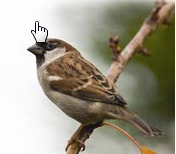
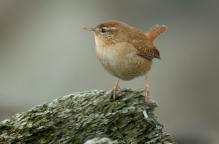
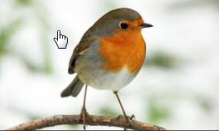
Nature News April 2018
By Deb Jackson
“If you go down to the pond today”
The wildlife area near the Hook Walk gate is a fascinating place to watch a show of nature at any time of year, and the pond takes centre stage. At this time of year, a wide variety of pond animals are evident and active. Insects, spiders, amphibians and all sorts of invertebrates are too busy living their lives to worry about, or even notice, the quiet observer sat on the grassy bank overlooking the water.
I took a look in mid-April and spent an interesting half hour watching the adult Smooth Newts just under the surface of the pond. At least ten newts were present, probably many more. They would frequently break the surface of the water with their writhing bodies and thrashing tails, or occasionally with their snouts for a quick snatch of breath. I managed to take a few photos with my phone because the newts were so absorbed in each other, that they carried on with their antics regardless of my presence.
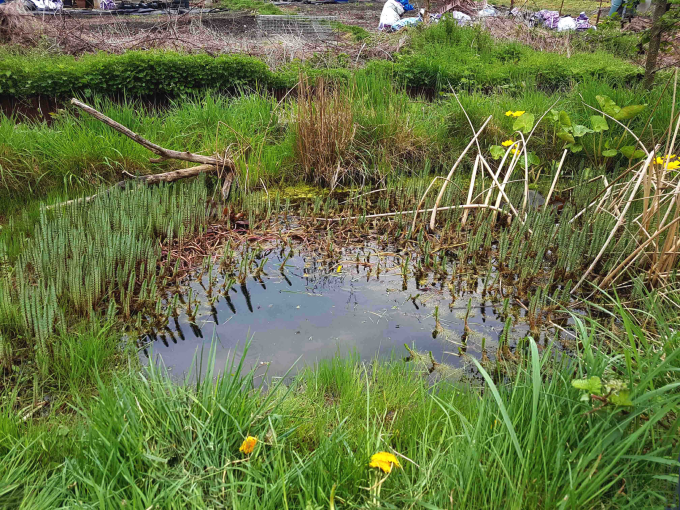
The pond - April, 2018.
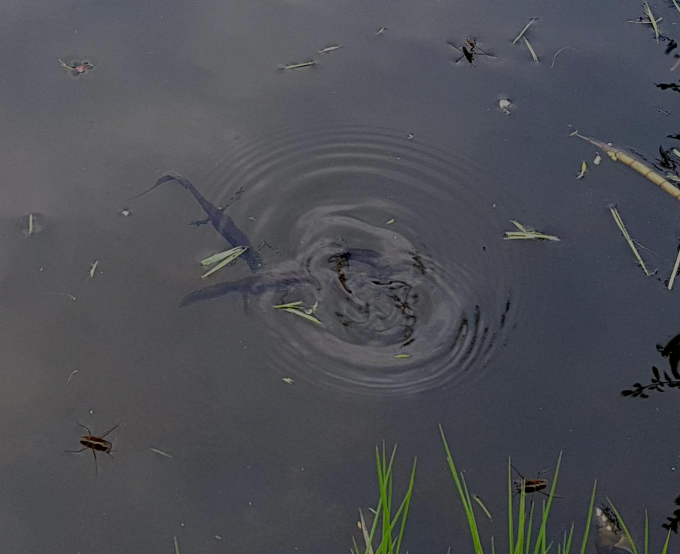
Making waves – the newts are busy chasing each other.
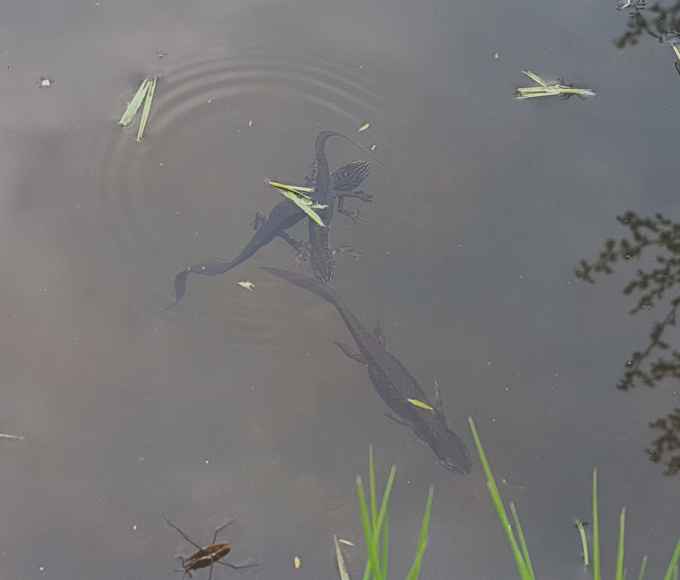
Mummy and daddy, and daddy? – two males (at the top of the picture) appear to be fighting for the attention of the larger, paler female, whose abdomen is swollen with eggs.
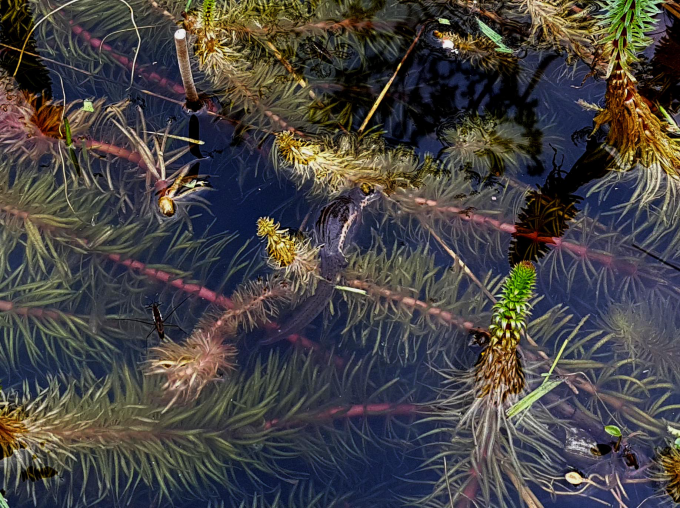
The happy event – the female newt quietly lays her eggs in the Mare’s Tails, using her back legs to make an egg sandwich out of a leaf.
Wildlife team's tasks for the year
| WILDLIFE TASKS FOR EVERY WEEK OF THE YEAR | |||||||||||
| 2. LITTER - remove litter from wildlife areas, including items like plastic bags, blown into the pond. | |||||||||||
| 3. MONITOR THE BROOK - report any pollution, dead fish, and items that could cause flooding to Alan, Derek or the committee. It will be the wildlife team's responsibility to clear bramble so that large items that have "fallen" into the brook can be reached. | |||||||||||
| 4. Tend, weed and water (depending on the season) the planted beds in the wildlife areas, and the wildlife plant nurseries or pots. | |||||||||||
There is always work to do to keep the wild life area attractive to the plants insects and animals that we wish to attract.
Deb has produced a monthly Calendar highlighting tasks and number of bodies required to carry out each task. Please click here to download PDF file
Some of the tasks only require one person other require a working party.
Deb always needs help so if you wish to join her and assist with doing the individual tasks
please contact her using the button below, the working party jobs will be arranged by the working party co-ordinator Lynn Woodrow
Click on button to go to section





